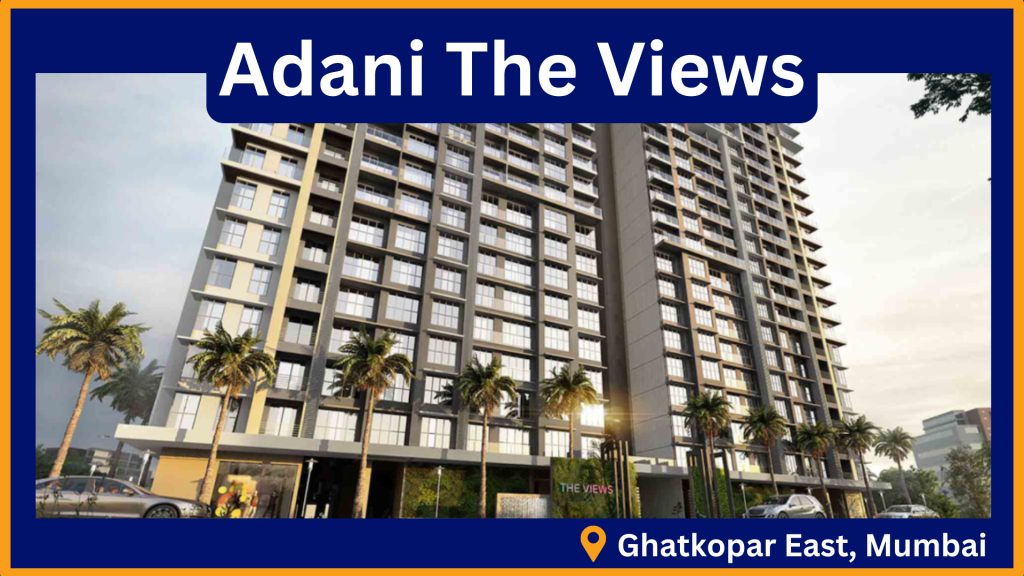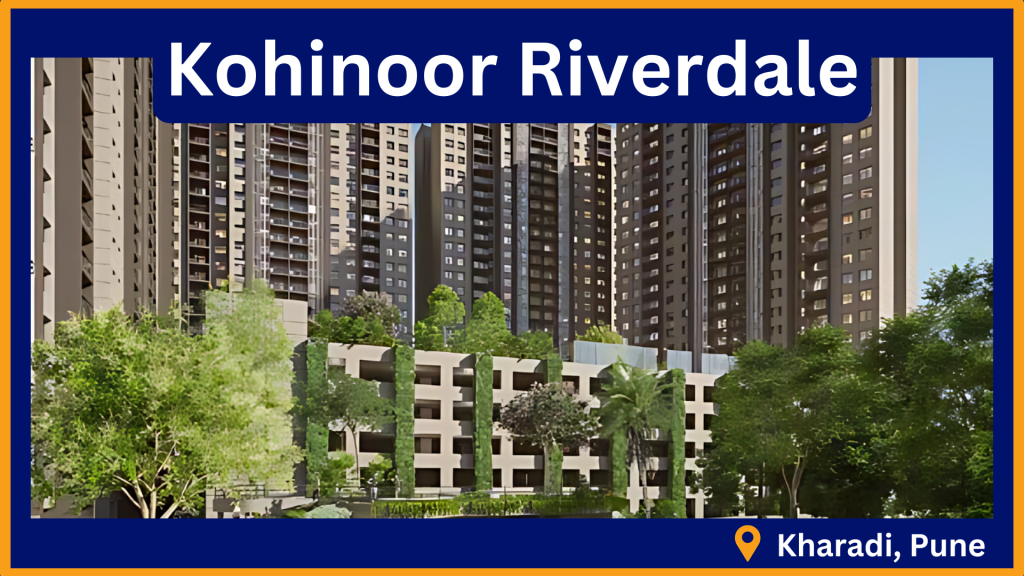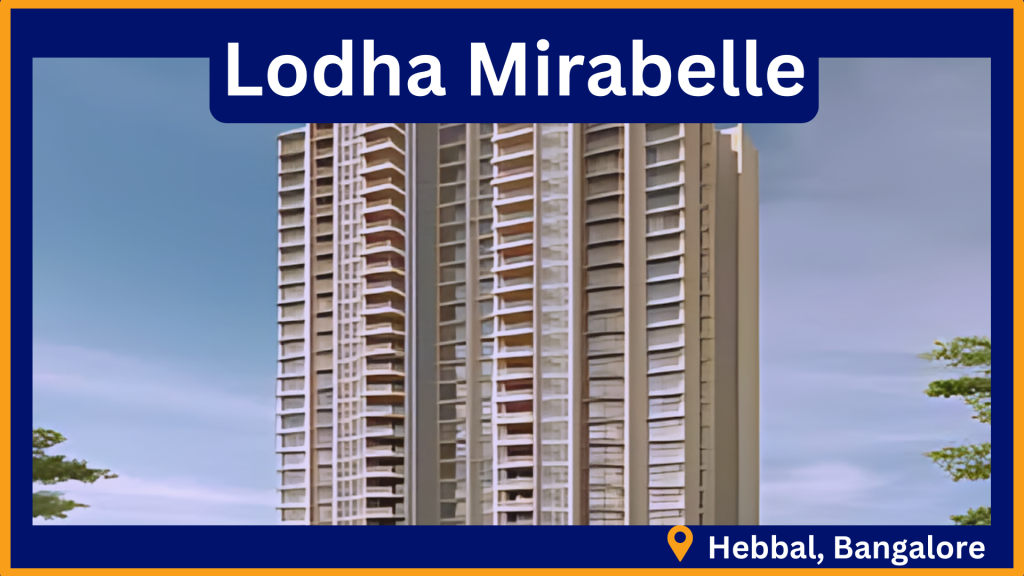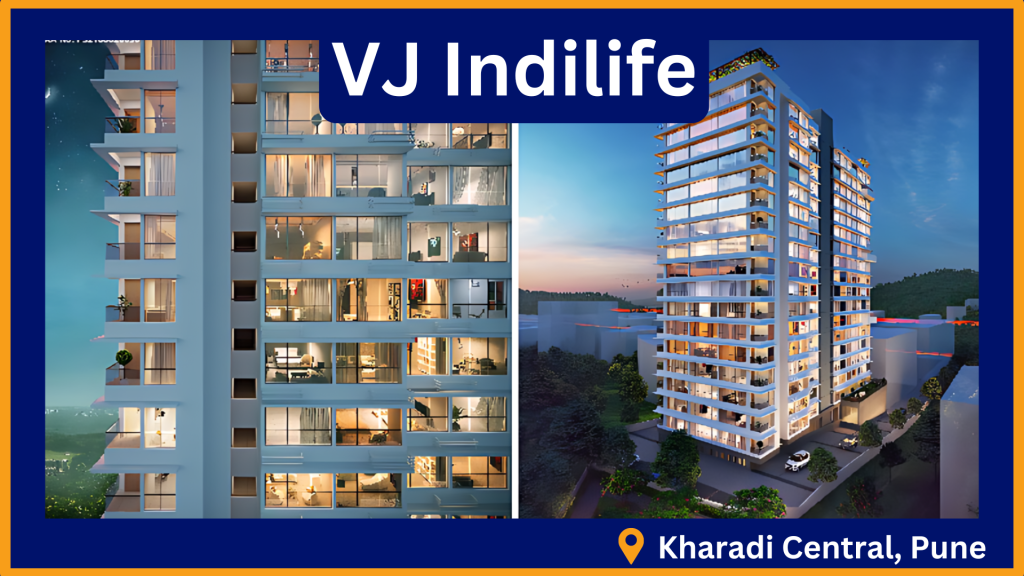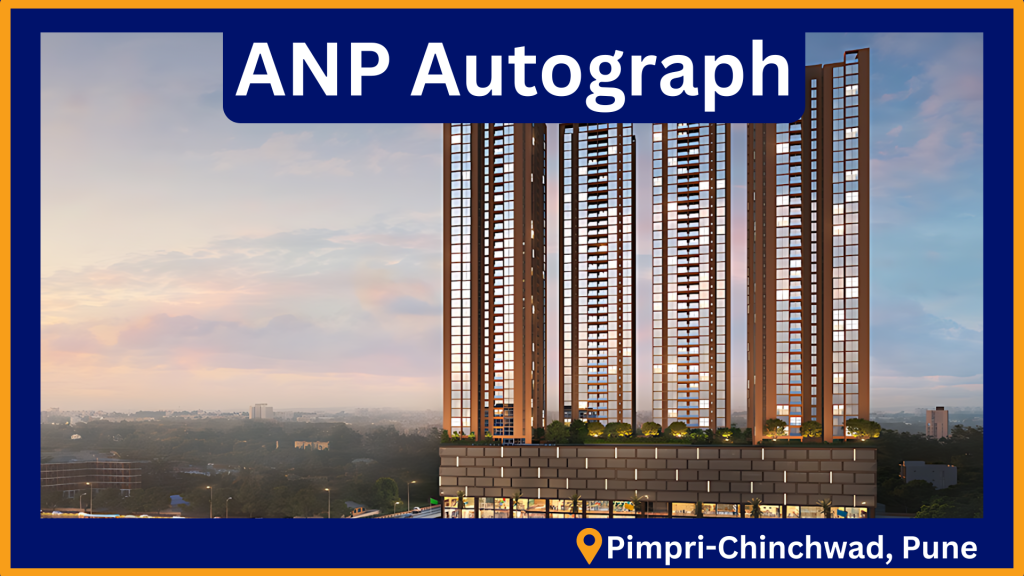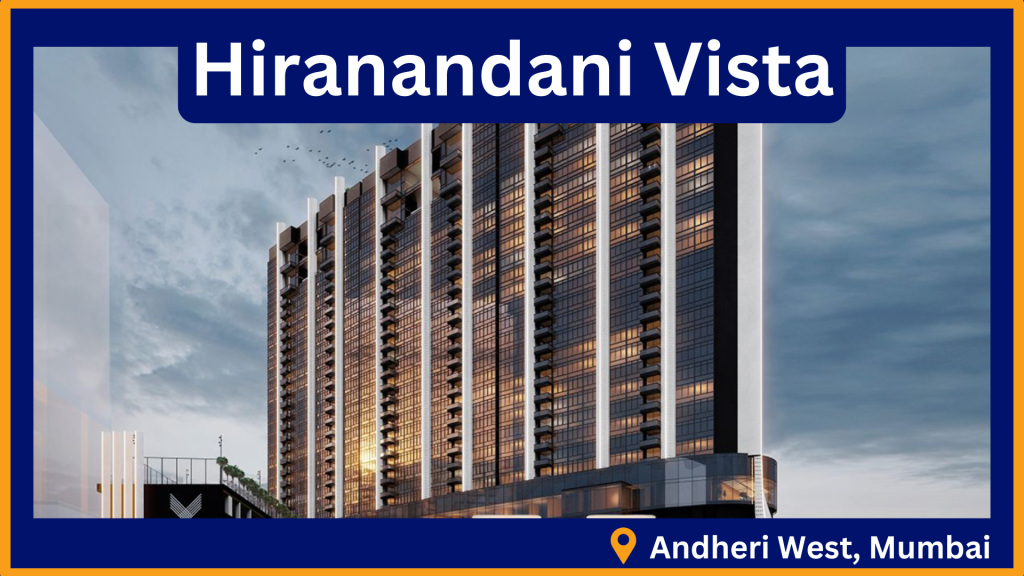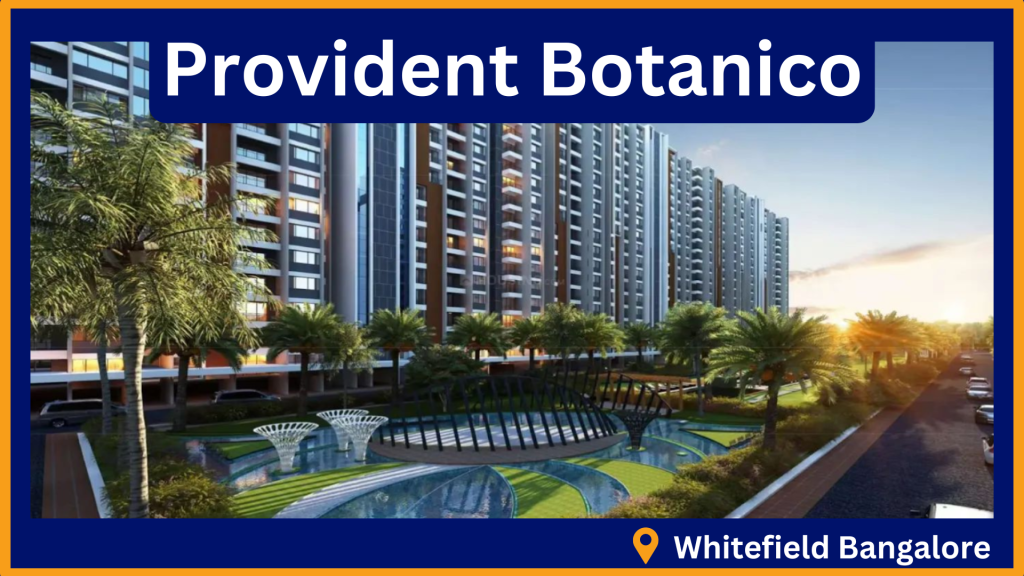Every country has its concept of identifying the location and the development, infrastructure, population, and education of the people who live in that particular location. Perceiving which part of the country is growing or not is most important for the growth of the country. In India, cities are classified into 4 types, Tier 1, 2, 3, and 4.
This is being used to establish taxes and to put various social and economic plans into action. From these classifications, we will come to know which cities are the fastest growing and emerging in India. This classification also helps to identify which part of the country has scope for business and infrastructure.
How are cities classified in India?
Under the suggestion of the Seventh Central Pay Commission, all the cities of India are classified into 3 categories:
X cities: In this classification all the cities are A1 cities, generally known as Tier 1 cities. These cities are the best for living and working in India.
Y cities: In this classification all the cities are A, B1, and B2 cities, generally known as Tier 2 cities.
Z cities: In this classification all the C and unclassified cities are in this generally known as Tier 3 and Tier 4.
This classification is mainly used by the government of India to pay House Rent Allowance (HRA) to their employees.
What is the meaning of tier cities in India and how they are bifurcated
According to the Sixth Pay Commission’s guidelines, the city was categorized into two groups in India before 2008, known as a historical classification. But now, cities are classified according to their population, education, development, and infrastructure. According to the Indian Government, cities are classified into Tiers 1, 2, 3, and 4 based on the factors. Programs to improve social and economic conditions are implemented as well as taxation. Cities such as Mumbai, Pune, Kolkata, Ahmedabad, and others were classified as A1 cities in this category.
In India, how are cities divided into Tiers?
Tier | Population |
1 | 1,00,000 and above |
2 | 50,000 to 99,999 |
3 | 20,000 to 49,999 |
4 | 10,000 to 19,999 |
What is a Tier 1 city in India?
Tier 1 cities in India refer to those cities that are the major hubs for business, politics, and culture. These cities have a large population, good infrastructure, strong economic base, high standards of living, and well-developed healthcare systems as well as being responsible for producing the majority of India’s GDP. For example, an NRI wants to invest in India from the USA, so he can invest in a Tier 1 city from the USA, after knowing the specialties of these cities like Mumbai, and they have to pay the tds tax amount if the amount of purchasing house is exceeding the set limit.
The cities are located in populous and economically advanced regions and include the likes of Delhi, Mumbai, Chennai, Bangalore, Hyderabad, and Kolkata. In addition, these cities are often the most visited by international tourists and are home to some of the country’s best educational institutions and the best cities to live and work in India.
Tier 1 cities are therefore considered the most desirable places to work and live in India. Buy you’re going to be dream home in Tier 1 city Kolkata, named Godrej Bengal Lamps Budigere Cross.
Tier 1 cities are therefore considered the most desirable places to work and live in India. Buy your dream home in Tier 1 city which is Pune, under the development name Godrej Woodsville Hinjewadi, Pune
Investment in properties in these cities will give you a high ROI. The facility, and development of these cities are the prime factors of the real estate demand. If you also want to invest in these emerging cities then don’t wait, contact PropertyCloud experts and invest in easy steps with the help of experts!
[CTA]
What is a Tier 2 city in India?
tier 2 cities in India refer to cities that are identified as a part of the Smart Cities Mission, an initiative launched by the Government of India in 2015. The mission aims to promote sustainable and inclusive development in urban areas by developing smart cities to improve the quality of life for citizens.
For example, we can take Navi-Mumbai, which lies under tier 2 cities in India, because of the infrastructural development and the projects, and from that one of the most iconic development is Godrej Golf Side Estate Plot in Panvel, Navi Mumbai.
They are the most populous cities in India and have a leading share of economic activities like employment, investment, trade, research, education and so on.
Tier 2 cities are the symbol of India’s development and progress. They have a major role in India’s growth story and continue to be the most preferred destination for many people.
For instance, in places like Pune, projects such as Godrej Emerald Waters property in Pimpri, Pune are attracting significant attention due to their strategic locations and modern amenities.
Navi Mumbai being classified as a Tier 2 city. The buzz is all about the new luxury projects developing in the area, with one standout being the prestigious Godrej Highlands project. This development is set to redefine the skyline and set a new benchmark for luxury living in Navi Mumbai.
What is tier 1 and tier 2 cities?
India’s Tier 1 cities are important hubs of business, politics, and culture, with huge populations, strong infrastructure, and a solid economic basis. They are popular tourist destinations that contribute the majority of India’s GDP.
As a major GDP contributor to these dynamic urban centers, Godrej Infinity in Pune stands out by offering an unmatched lifestyle. This iconic development goes beyond the norm, providing luxurious living in one of India’s rapidly growing Tier 1 cities.
Tier 2 cities aim to improve their quality of life and promote long-term growth as part of the Smart Cities Mission. The most populated cities in India are considered a representation of the country’s development.
What is a Tier 3 city in India?
Tier 3 cities in India refer to the smaller cities which have recently experienced significant population and economic growth. These cities have become vital contributors to India’s economy, but aren’t as well-known or developed as their tier 1 and 2 counterparts. These cities are less developed than their tier 1 and tier 2 counterparts and have lower income levels, fewer job opportunities, and fewer educational and health facilities. The decision between leasing and renting is shaped by lower income levels, fewer job opportunities, and limited educational and health facilities compared to tier 1 and 2 cities.
Tier 3 cities tend to have larger populations, more employment opportunities, and increased investment, and are seen as more attractive places to live, work, and do business. They have become hubs for businesses, with many companies choosing to set up bases here for their operations. This has increased the demand for goods and services, creating more jobs and driving economic development.
What is a Tier 4 city in India?
A Tier 4 city in India is defined as a city with a population between 10,000 to 19,999. These cities are located in remote and rural areas and are typically not well connected to other parts of the country or the world. They have limited access to resources, infrastructure, and other services and are typically low on economic development.
These cities, however, have huge potential for growth and development, if they are given the right support and intervention. With careful and strategic planning and investment, these cities can be transformed into major hubs of economic activity and help bridge the gap between urban and rural India. Tier 4 cities offer huge opportunities for businesses and investors, as they often have large untapped markets and unexploited potential.
Because of the high opportunity, real estate investment in this location is the best option if you are looking for the safest investment option. But sometimes budget is also a main problem that holds us to investing in real estate. But don’t worry PropertyCloud loan experts are here to help you with the Home Loan service with the best interest rates.
[CTA]
List of Tier 1, 2, 3, and 4 cities in India
Tier 1 | Bangalore, Delhi, Chennai, Hyderabad, Mumbai, Pune, Kolkata, Ahmedabad |
Tier 2 | Amritsar, Bhopal, Bhubaneswar, Chandigarh, Faridabad, Ghaziabad, Jamshedpur, Jaipur, Kochi, Lucknow, Nagpur, Patna, Raipur, Surat, Visakhapatnam, Agra, Ajmer, Kanpur, Mysuru, Srinagar, Sonipat. |
Tier 3 | Etawah, Roorkee, Rajahmundry, Bhatinda, Hajipur, Rohtak, Hosur, Gandhinagar, Junagadh, Udaipur, Salem, Jhansi, Madurai, Meerut, Mathura, Bikaner, Cuttack, Vijayawada, Nashik |
Tier 4 | Banswara, Bhadreswar, Chilakaluripet, Datia, Gangtok, Kalyani, Kapurthala, Kasganj, Nagda, Sujangarh |
The classifications of what is tier 1 and tier 2, 3 & 4 cities Indian cities
Classification of the cities helps to understand the potential of the different cities in the county. Tier 1 cities are the ones which are the best cities in India, where lifestyle is the most expensive and luxurious. The satellite cities of these Tier 1 cities also give almost the same facilities and lifestyle to the citizens.
On the other hand Tier 2 cities are developing cities, especially these cities are part of the Smart City mission cities. Tier 3 & 4 are the ones that are still not grown up because of the shortfall of government facilities.
If you want to invest in any of the tier cities, connect with the PropertyCloud experts, they are highly qualified and experienced and get the guidance related to investment ideas and do the hassle-free buying process with their help.

Hello I am Ayushya, i am a passionate content writer with a strong desire to write content that will help readers make better decisions and guide them in the correct direction. An unscalable growth strategy focuses on providing meaningful information about all aspects of real estate as well as for any sector i can write a human written content with 0% AI use.

